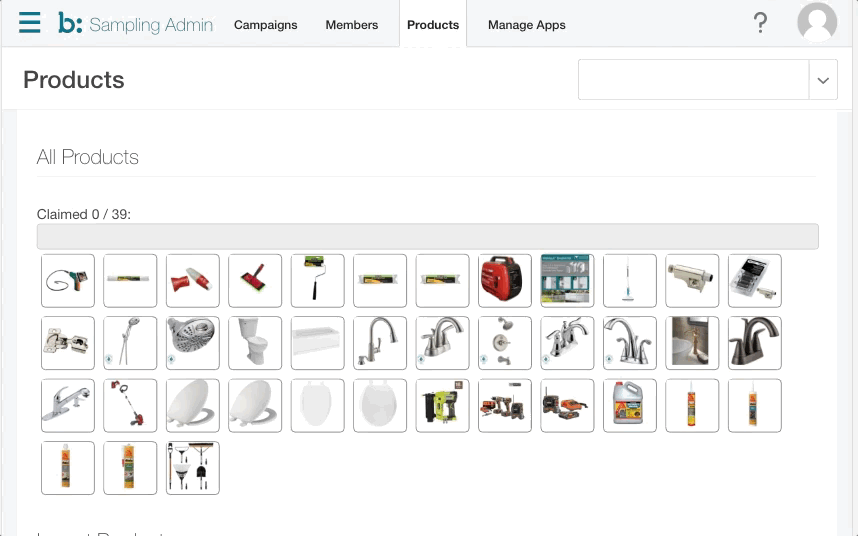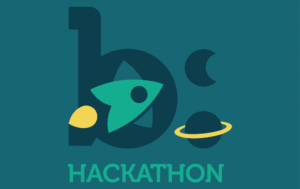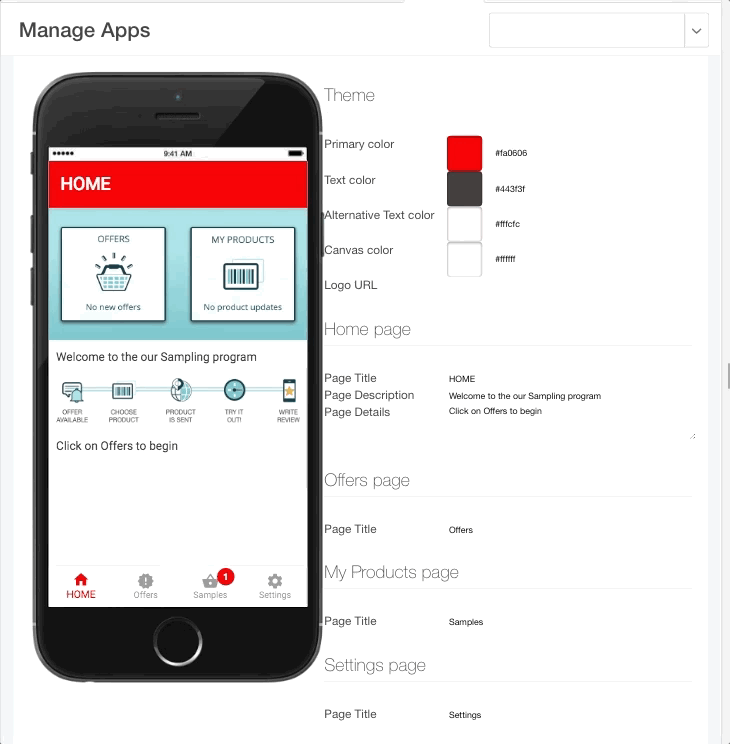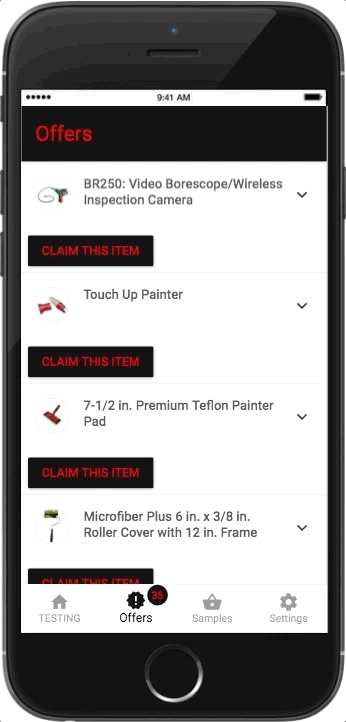Sampling is a Bazaarvoice product that allows consumers to join communities and claim a limited amount of free products. In return consumers provide honest & authentic product reviews for the products they sample. Products are released to consumers for reviews at the same time. This causes a rush to claim these products. This is an example of a collaborative domain problem, where many users are trying to act on the same data (as discussed in Eric Evens book Domain-Driven design).
Bazaarvoice ran a 2 day hackathon twice a year. Employees are free to use this time to explore any technologies or ideas they are interested in. From our hackathon events Bazaarvoice has developed significant new features and products like our advertising platform and our personalization capabilities. For the Bazaarvoice 2017.2 hackathon, the Belfast team demonstrated a solution to this collaborative domain problem using near real-time state synchronisation.
Bazaarvoice uses React + Redux for our front end web development. These libraries use the concepts of unidirectional data flows and immutable state management. These mean there is always one source of truth, the store, and there is no confusion about how to mutate the application state. Typically, we use the side effect library redux-thunk to synchronise state between server and client via HTTP API calls. The problem here is that, the synchronisation one way, it is not reactive. The client can tell the server to mutate state, but not vice versa. In a collaborative domain where the data is changing all the time, near-real time synchronisation is critical to ensure a good UX.
To solve this we decided to use Google’s Firebase platform. This solution provided many features that work seamlessly together, such as OAuth authentication, CDN hosting and Realtime DB. One important thing to note about Firebase, it’s a backend as a service, there was no backend code in this project.
The Realtime Database provides a pub/sub model on nodes of the database, this allows clients to be always up-to-date with the latest state. With Firebase Realtime DB there is an important concept not to be overlooked, data can only be accessed by it’s key (point query).
You can think of the database as a cloud-hosted JSON tree. Unlike a SQL database, there are no tables or records. When you add data to the JSON tree, it becomes a node in the existing JSON structure with an associated key (Reference)
Hackathon Goals
- Realtime configurable UI
- Realtime campaign administration and participation
- Live Demo to the whole company for both of the above
Realtime configurable UI
During the hackathon demo we demonstrated updating the app’s style and content via the administration portal, this would allow clients to style the app to suite their branding. These updates were pushed in real time to 50+ client devices from Belfast to Austin (4,608 miles away).
The code to achieve this state synchronisation across clients was deceptively easy!
Given the nature of react, once a style config update was received, every device just ‘reacted’.
Realtime campaign administration and participation
In the demo, we added 40 products to the live campaign. This pushed 40 products to the admin screen and to the 50+ mobile app. Participants were then instructed to claim items.
Admin view

Member view
All members were authenticated via OAuth providers (Facebook, Github or Gmail).
To my surprise the live demo went without a hitch. I’m pleased to add…. my team won the hackathon for the ‘Technical’ category.
Conclusion
Firebase was a pleasure to work with, everything worked as expected and it performed brilliantly in the live demo….even on their free tier. The patterns used in Firebase are a little unconventional for the more orthodox engineers, but if your objective is rapid development, Firebase is unparalleled by any other platform. Firebase Realtime Database produced a great UX for running Sampling campaigns. While Firebase will not be used in the production product, it provided great context for discussions on the benefits and possibilities of realtime data synchronisation.
Some years ago, I would have maintained that web development was the wild west of software engineering; solutions were being developed without discipline and were lacking a solid framework to build on. It just didn’t seem to have any of the characteristics I would associate with good engineering practices. Fast forward to today, we now have a wealth of tools, libraries and techniques that make web development feel sane.
In recent years front-end developers have embraced concepts like unidirectional dataflows, immutability, pure functions (no hidden side-effects), asynchronous coding and concurrency over threading. Im curious to see if these same concepts gain popularity in backend development as Node.js continues to grow as backend language.






